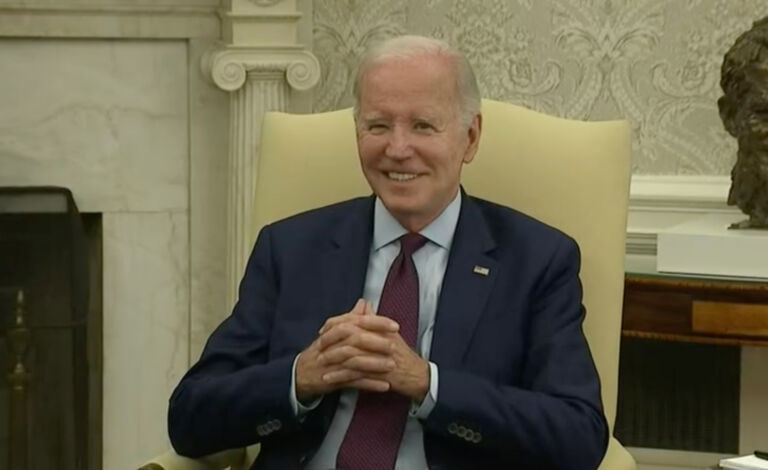North Carolina Sen. Richard Burr has joined with three Senate colleagues to demand answers from President Biden’s Coronavirus Response Coordinator, Jeff Zientz. In a letter sent this week, the senators call out the administration for having “created confusion and exacerbated vaccine hesitancy.”
On July 4th, President Biden declared that the nation had “gained the upper hand” on COVID-19. This announcement came when cases were rapidly falling, hospitals reached pre-pandemic caseloads, and Americans were planning for the return of their children to school in the fall. This progress was the direct result of the success of Operation Warp Speed (OWS), a testament to American innovation and ingenuity and a visionary response to tackle the virus. With the help of nearly $50 billion in funding from Congress, OWS efforts, in partnership with the private sector, resulted in the availability of three U.S. Food and Drug Administration (FDA) authorized vaccines and several therapeutic treatments.
Not only did OWS accelerate the development of these life-saving vaccines, it ensured that they would be distributed to Americans immediately following authorization. On day one of the Biden administration, more than 16 million doses of vaccine had already reached Americans, with millions more on the way, and the country was on track to easily reach the president’s goal of 100 million vaccines administered in the first 100 days in office. Yet, in a matter of months, the Biden administration created confusion and exacerbated vaccine hesitancy.
The senators want answers to the following 10 questions by Sept. 30.
1. What process is in place to coordinate across federal agencies and empower scientists and career experts to follow standards and processes that determine vaccine, therapeutic and testing announcements?
2. Why did the White House announce vaccine boosters would be available to all Americans prior to any scientific or regulatory work being done to approve or authorize such boosters?
3. What steps are you putting in place to avoid politics overpowering the science when addressing the public and guiding our response to COVID-19?
4. What studies are being conducted or relied upon to evaluate the necessity of boosters for all Americans?
5. How is the administration preparing for potential future variants and their impact on vaccines?
6. What is the strategy for distributing vaccines to 5 to 11 year olds as soon as they are approved?
7. What is the status of clinical trials of COVID-19 vaccines in children under 5 years?
8. How is the administration continuing to support and work with the private sector conducting these studies?
9. HHS recently announced it will place limits on states’ access to monoclonal antibody drugs. What was the administration’s rationale for limiting access to these life-saving treatments, especially in areas experiencing a COVID-19 surge?
10. In a global world, disease is a plane ride away from the United States. That is why it is important to have a coherent strategy for global vaccine distribution.
a. How much Department of Health and Human Services (HHS) funding has been used to purchase vaccines for other countries?
b. How is the administration determining which countries receive vaccines in bilateral agreements and at what amounts?
c. How is the administration balancing the need to stockpile vaccines with the desire to donate vaccines to the developing world?


